The Ludwig scale: Measuring the evolution of femal pattern baldness
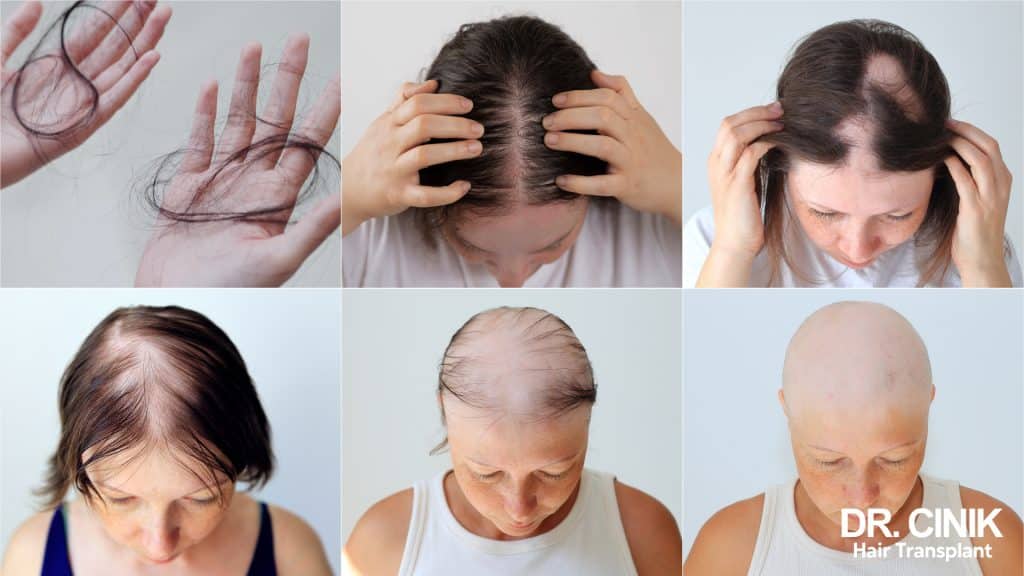
Sommaire
Androgenetic alopecia, colloquially called baldness, is a common condition affecting many men and women. The manifestation of androgenetic alopecia in women, also known as female pattern baldness can be different and is measured using the Ludwig scale. This scale categorises the condition into three stages, indicating the severity from the least to the most severe, thereby tracking its progression over time.
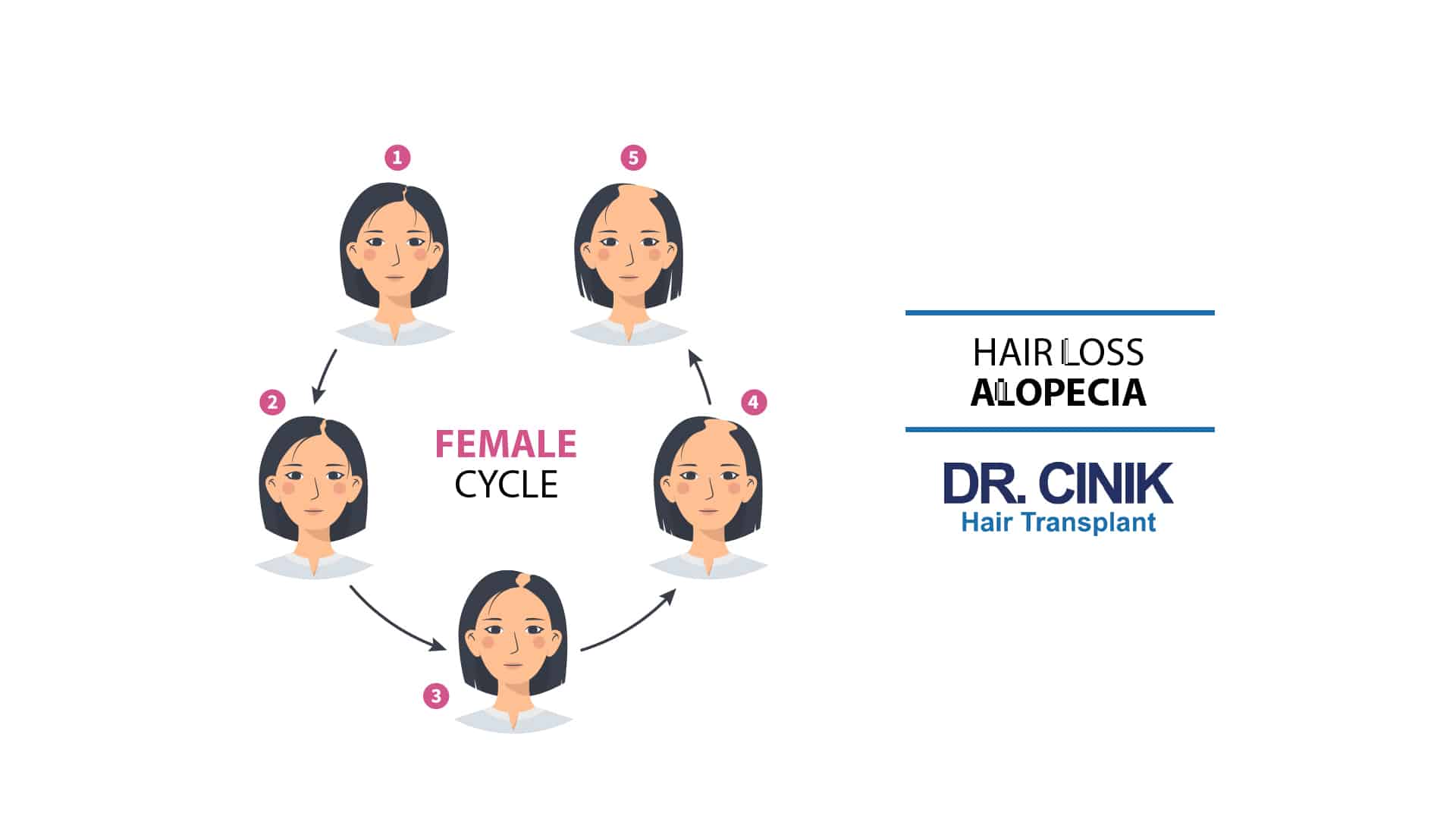
Diagnosis: The different stages of baldness in women according to the Ludwig scale
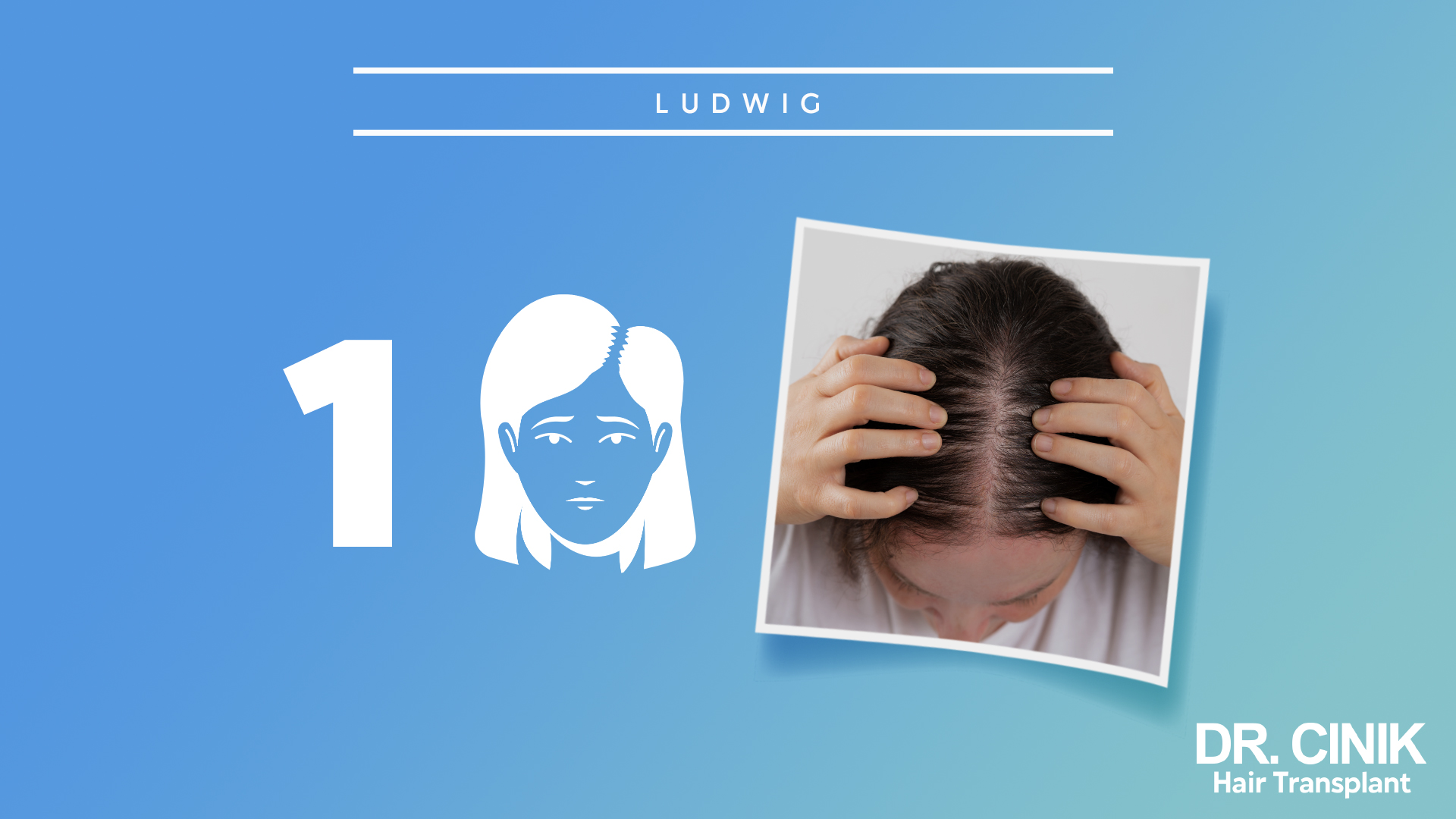
Stage 1: Mild phase of androgenetic alopecia
Stage 1 of androgenetic alopecia in women is marked by a subtle hair loss that often goes unnoticed. The hair starts to thin, making the scalp mildly visible, predominantly at the crown of the head. This stage is not prevalent among young women, affecting 8.2% of those aged between 17 and 29. However, the incidence increases gradually with age, reaching its peak at 41.5% among women in their sixties. After that, the prevalence decreases to 12.5% in women aged 70 and above, likely due to the progression towards stage 2 of the condition.
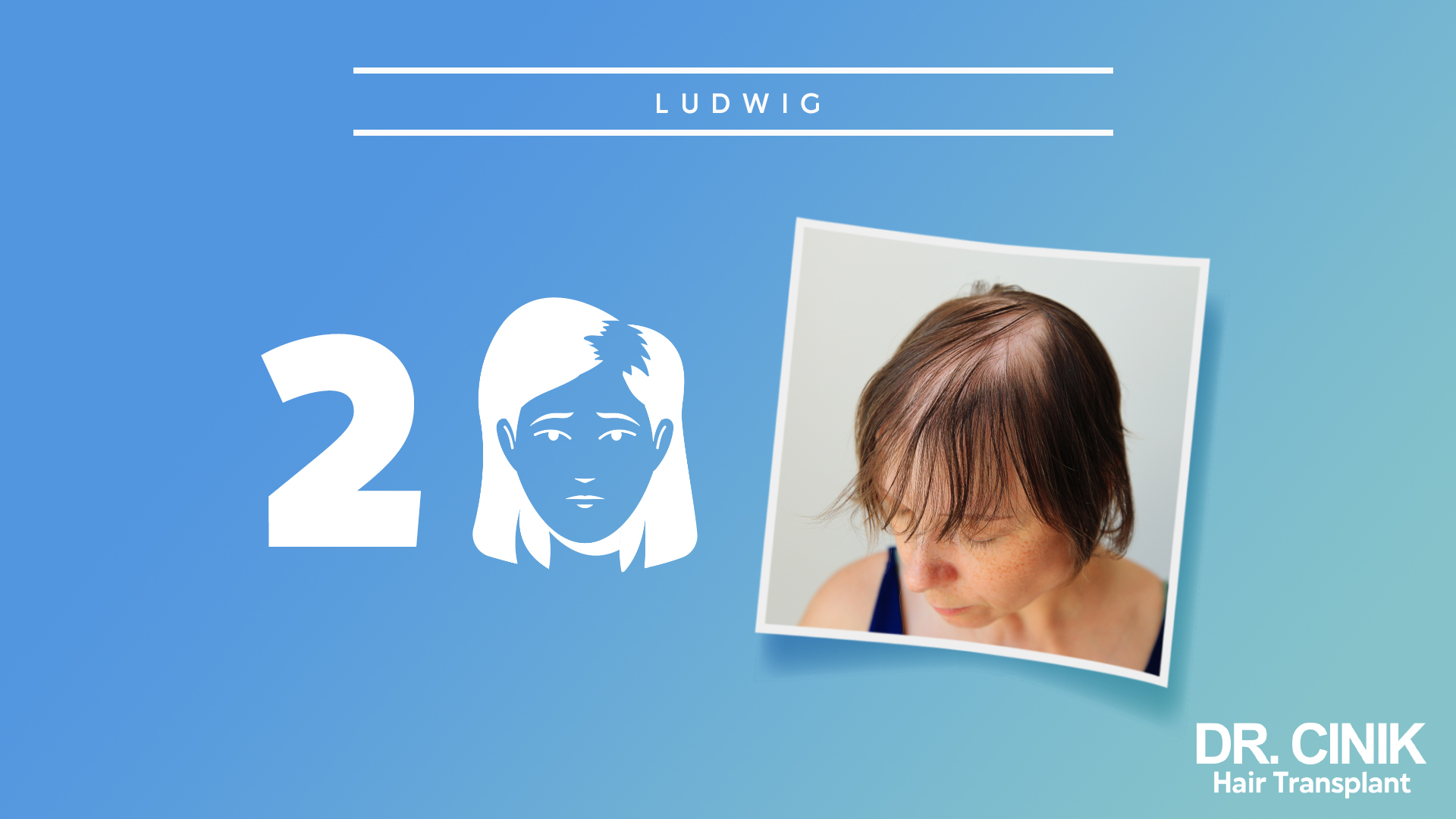
Stage 2: Moderate phase of androgenetic alopecia
In Stage 2 of androgenetic alopecia in women, the condition becomes more advanced, characterised by a significant drop in hair density and volume. Hair loss is more noticeable, with increased visibility of the scalp. This stage is relatively rare among younger women, specifically those aged 17-29, affecting only 0.5%. With advancing age, the incidence gradually rises, reaching its apex at 26.8% among women between 60-69 years old. Among women aged 70 and above, the prevalence hovers at a substantial 25%.
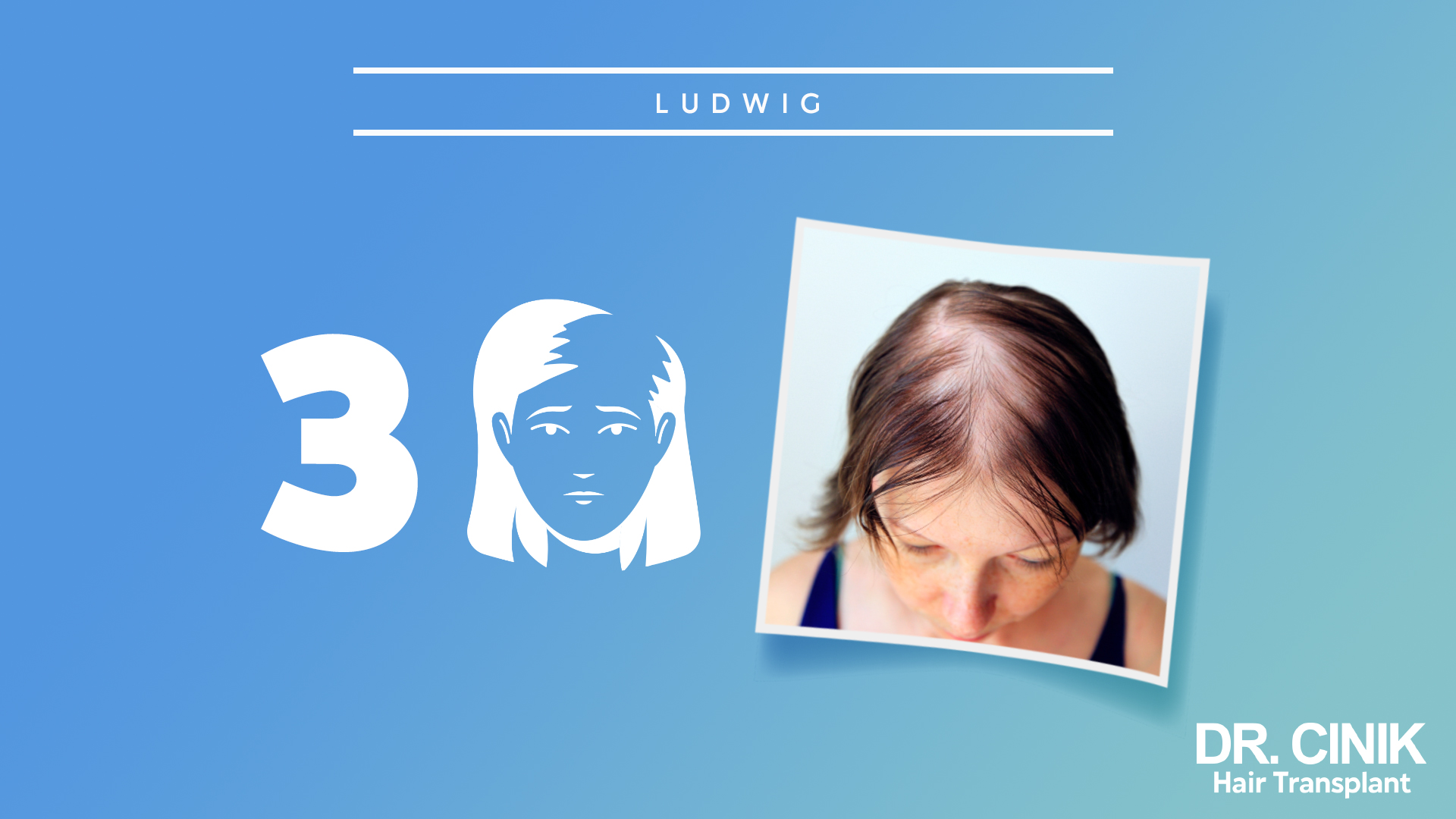
Stage 3: Severe phase of androgenetic alopecia
Stage 3, the most severe form of female pattern baldness, results in almost complete baldness of the top of the head. In some cases, the alopecia may extend to the entire head. This stage is extremely rare and does not begin to manifest itself until the age of 70, with a prevalence of 12.5%.
What causes hair loss in women?
Androgenetic alopecia, the most common cause of female pattern baldness
According to a study published by the Brazilian Society of Dermatology, androgenetic alopecia affects about 30% of women between the ages of 30 and 39, and year after year this number increases until it reaches a prevalence of almost 68 for women over 69 years of age. It is the most common cause of female alopecia. In the case of androgenetic alopecia, hair loss is localised in one or more areas. However, this does not lead to total baldness.
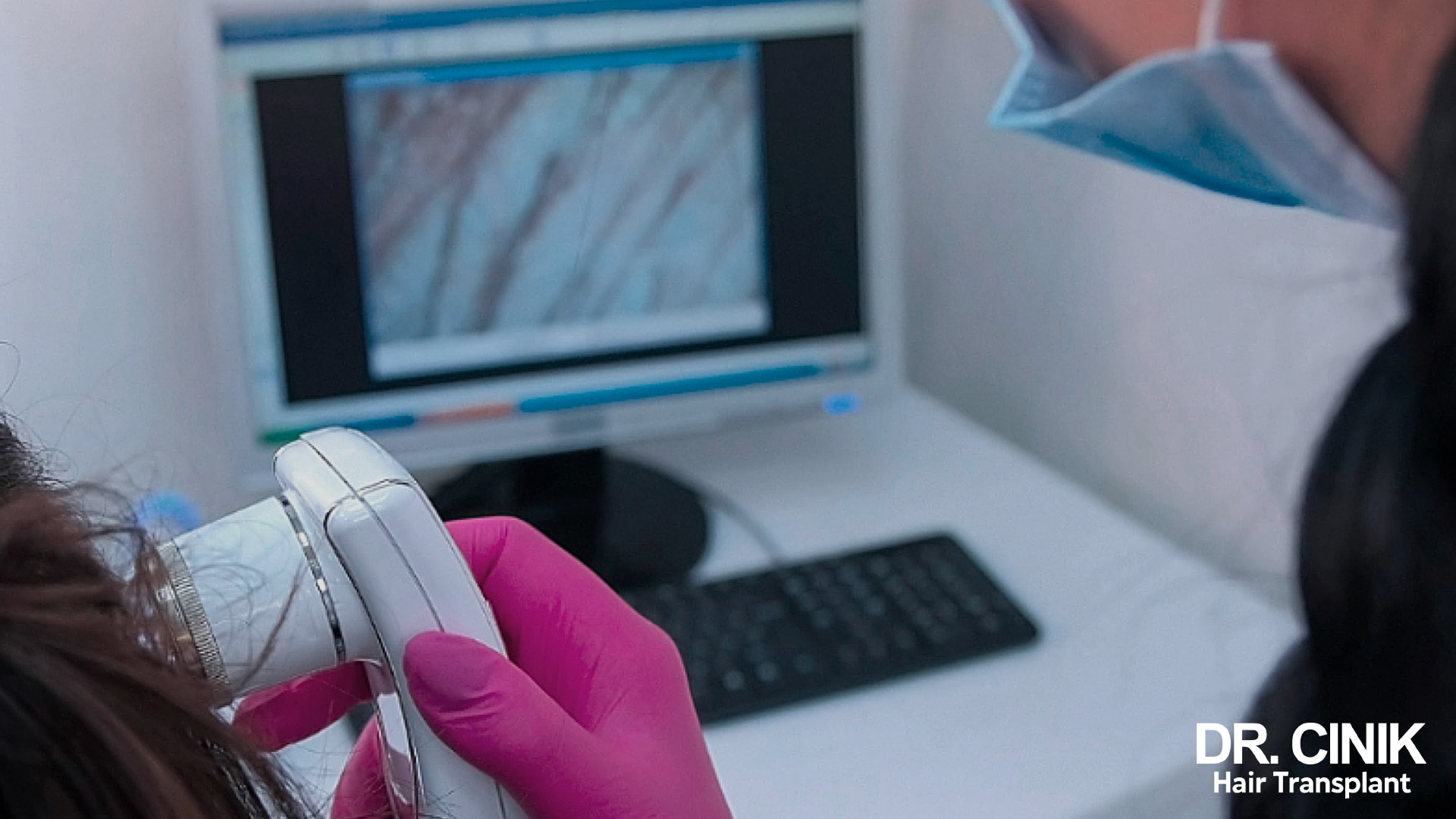
Other types of female alopecia
Although androgenetic alopecia is the most frequent cause of female alopecia, other types of alopecia are almost as frequent: telogen effluvium, which causes very significant hair loss, sometimes up to 40% of the hair, but which is reabsorbed without the need for treatment, and post-menopausal alopecia.
Apart from this, there is also alopecia areata , which is an autoimmune disease causing hair loss in patches.
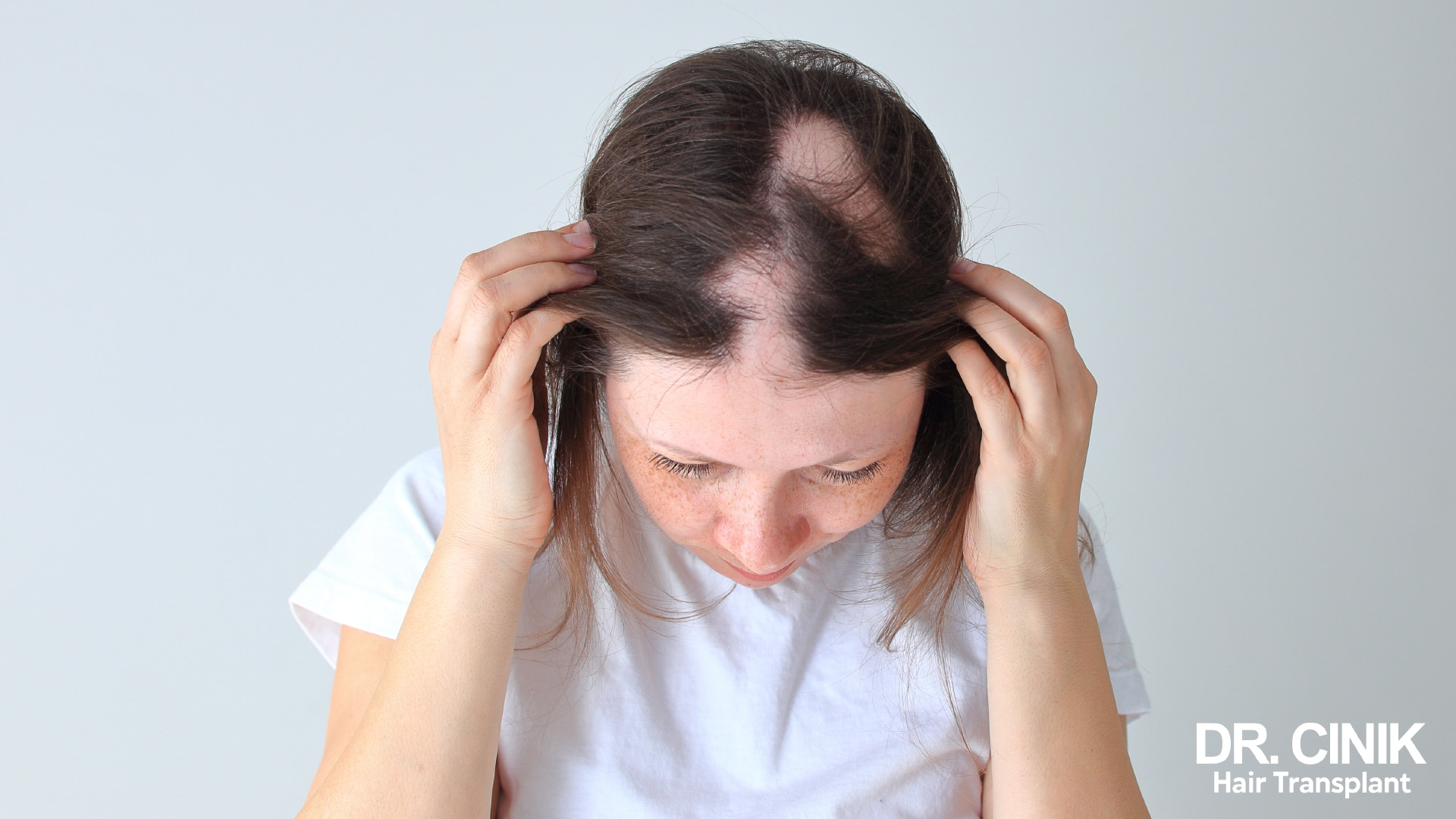
Other factors: hormonal, environmental and lifestyle
Female alopecia can be attributed to various hormonal, environmental, and lifestyle-related factors. These factors contribute to hair loss in varying degrees and include:
- Genetic predisposition
- Hormonal changes due to pregnancy
- Transition into menopause
- Hormonal fluctuations during puberty
- High-stress levels
- Iron deficiency
- Sudden or significant weight loss
- Prolonged high fever
- Serious infections
- Undergoing chemotherapy
- Certain medicinal treatments
- Specific dietary habits or regimes
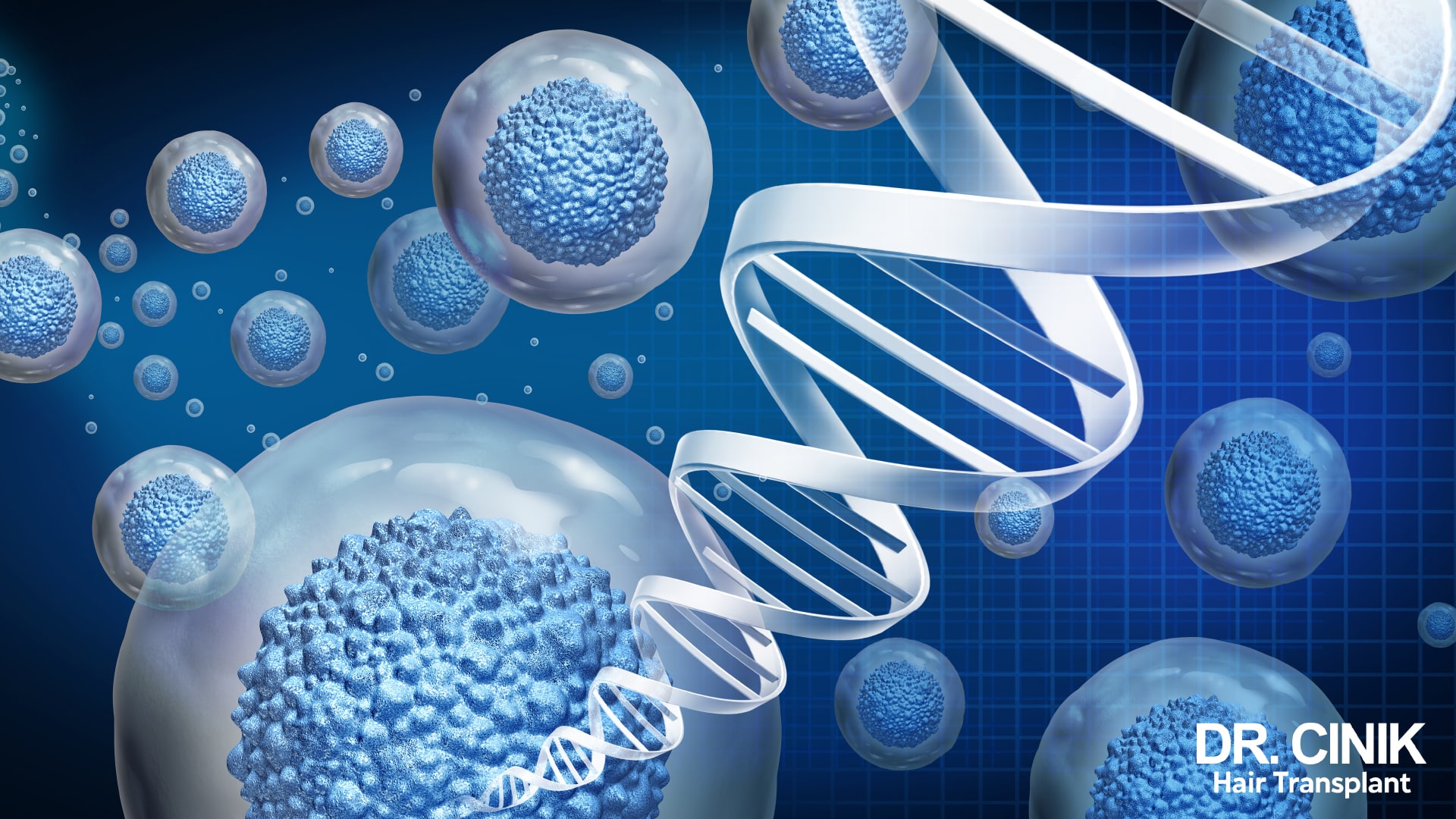
What are the solutions to female androgenetic alopecia?
Are you experiencing androgenetic alopecia as a woman and seeking solutions to counteract this condition? Various treatment options are available depending on the progression of your hair loss.
Hair medicine for early stages
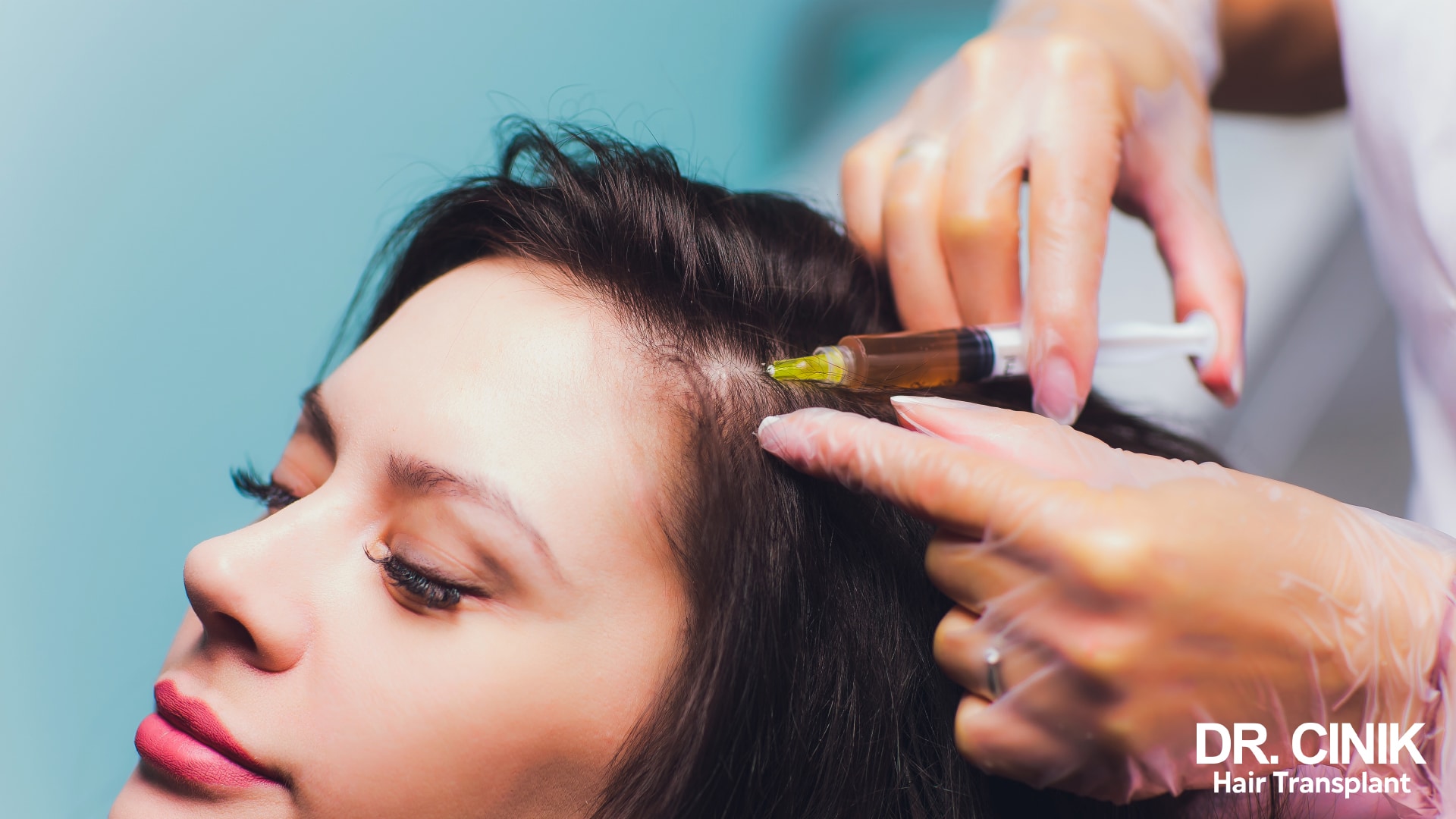
Hair treatment with PRP
Platelet-Rich Plasma (PRP) hair treatment is a highly effective therapeutic approach, particularly beneficial in the early stages of hair loss. This natural procedure involves extracting platelets from your blood and injecting them into your scalp, stimulating hair growth. You can often see positive results from the first session itself, as it significantly reduces hair loss frequency.
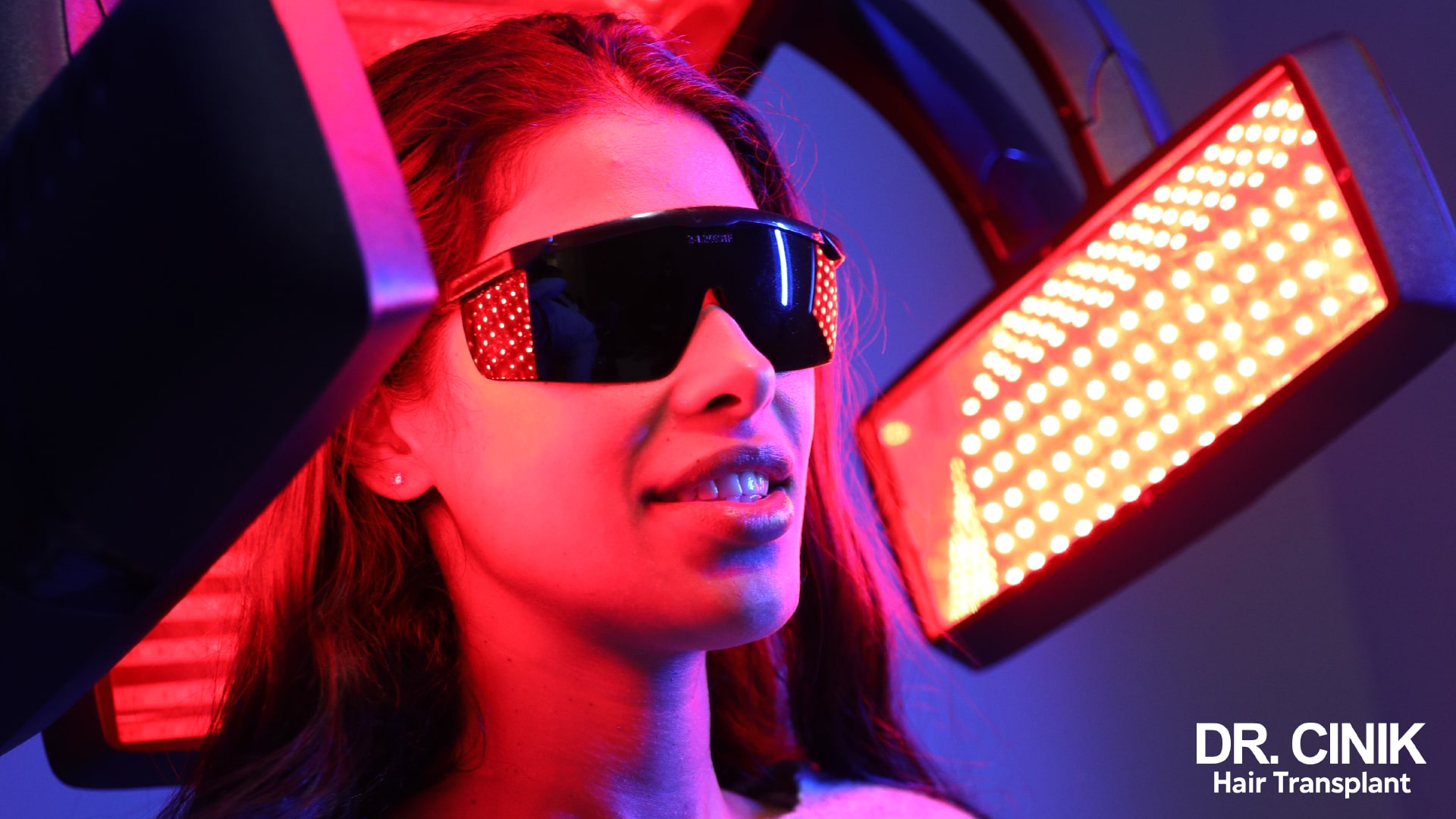
Laser hair treatment
Laser hair treatment is an increasingly popular approach to addressing hair loss. It utilises low-intensity laser light to stimulate the cells within the hair follicles, encouraging hair growth. Following this treatment, the hair typically becomes stronger, and hair loss is diminished.
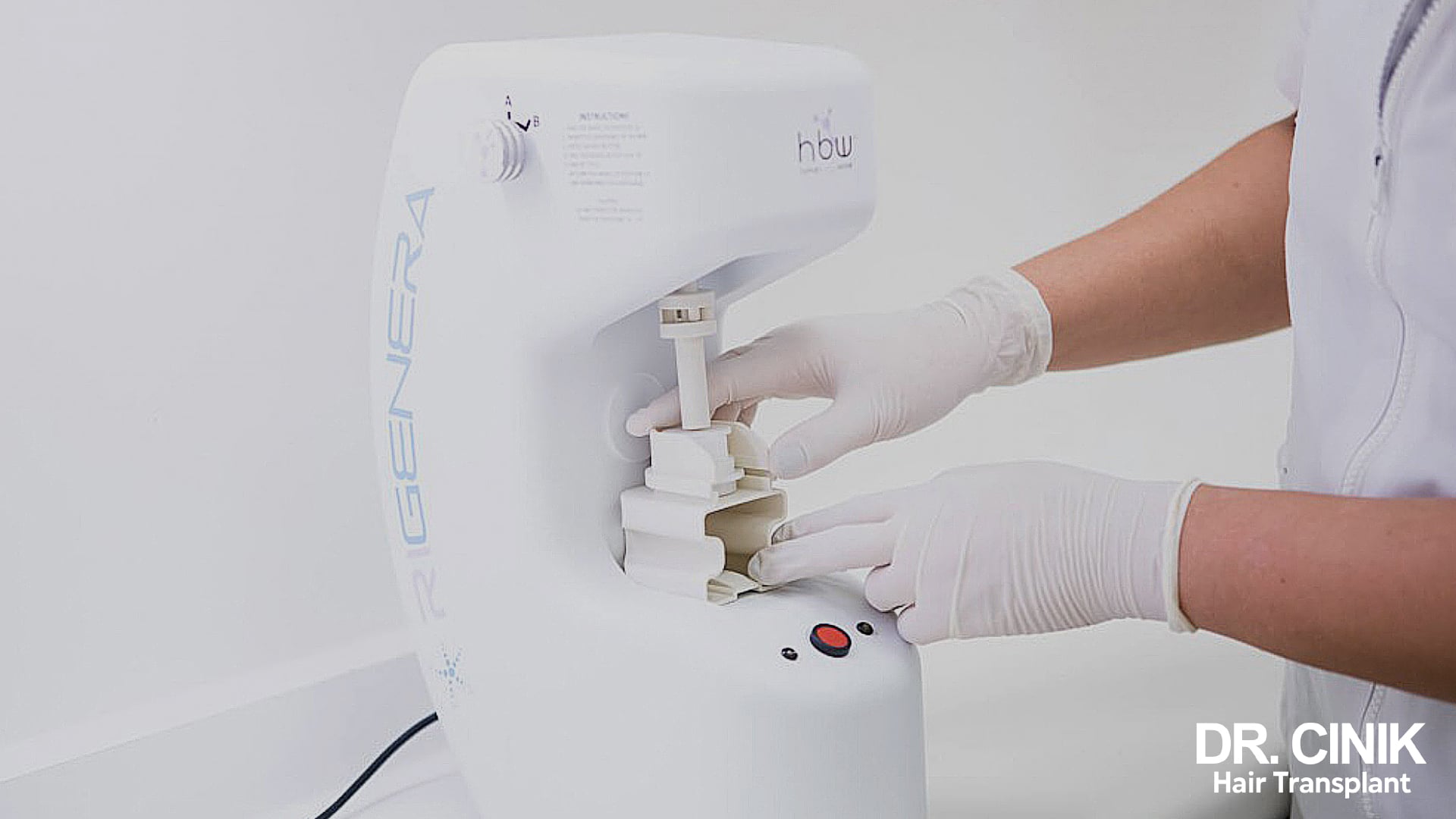
Regenera Activa stem cell mesotransplantation
Regenera Activa stem cell mesotransplantation is a recent and innovative procedure to treat early-stage androgenetic alopecia. This method consists of taking mesenchymal stem cells directly from the scalp to “heal” the follicular units damaged by alopecia.
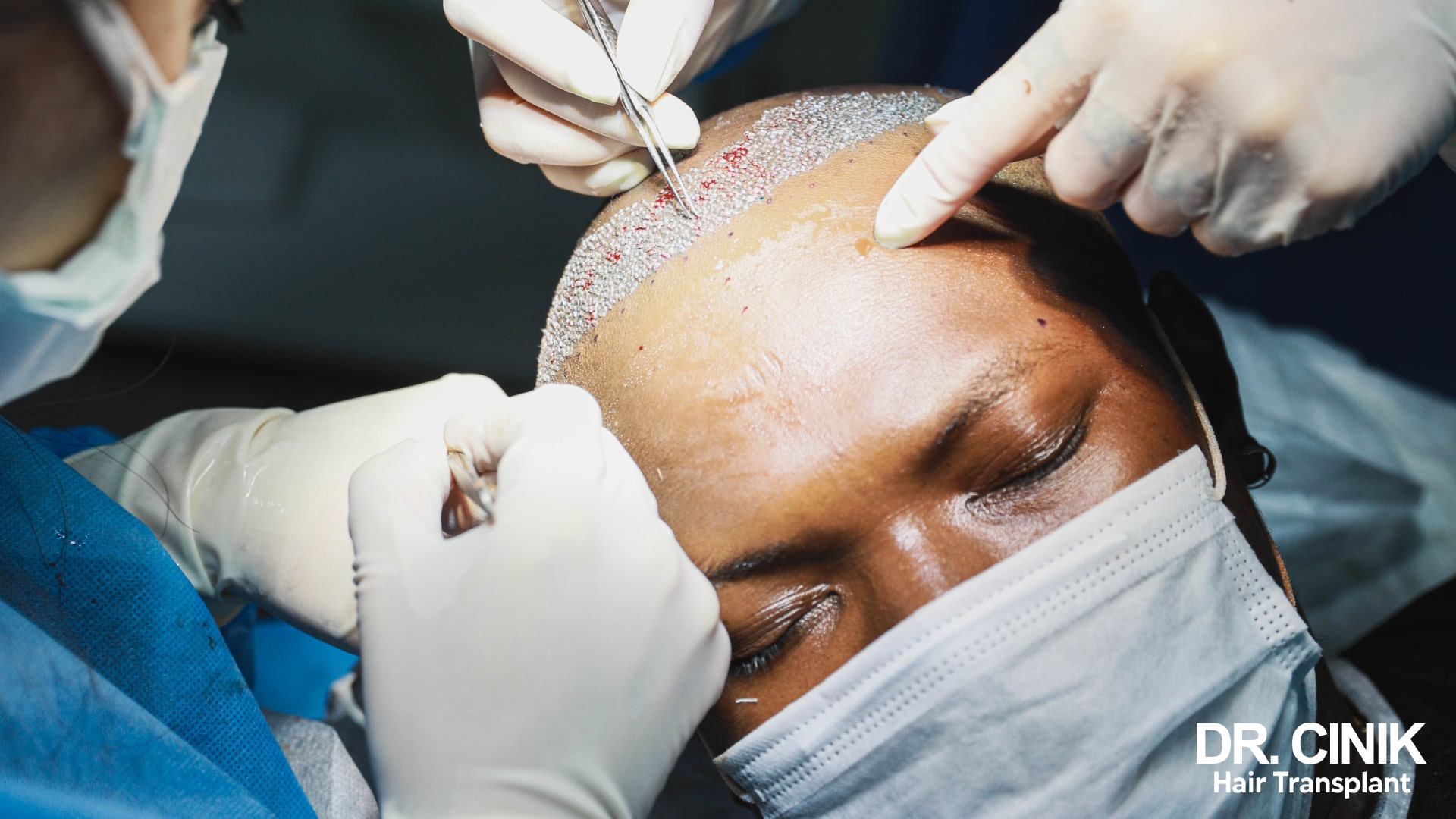
Hair transplantation: for the most serious cases
Hair transplantation in Turkey has become a preferred solution for women facing severe hair loss, reaching stages 2 or 3 of the Ludwig scale. Turkey, with its renowned expertise in hair transplantation, offers quality services at affordable rates. Among the specialists in the field, Dr Cinik stands out for his dedicated approach to female hair transplantation, combining expertise with competitive rates. Opting for such a procedure in Turkey represents a concrete and effective solution to advanced androgenetic alopecia.
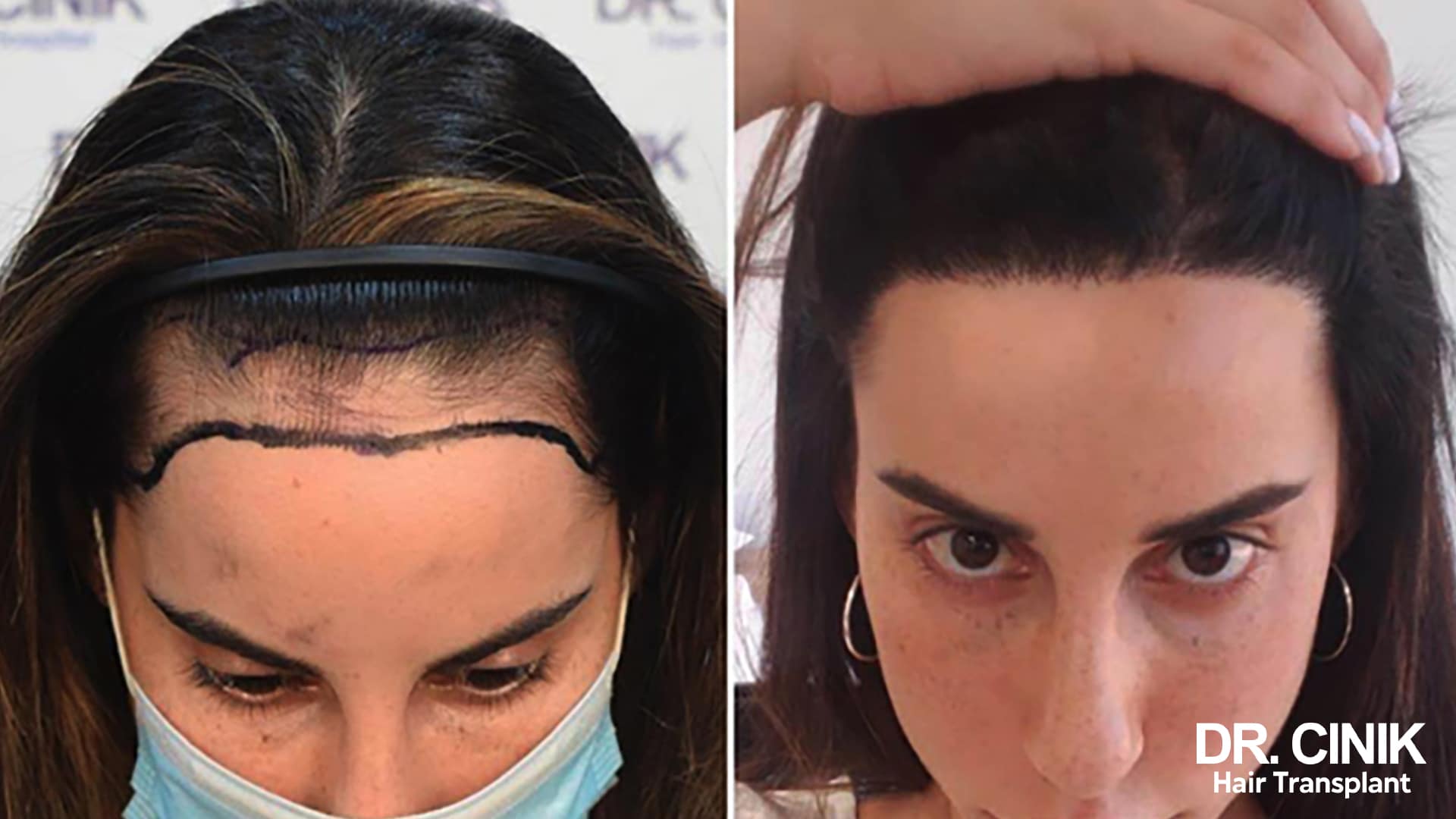
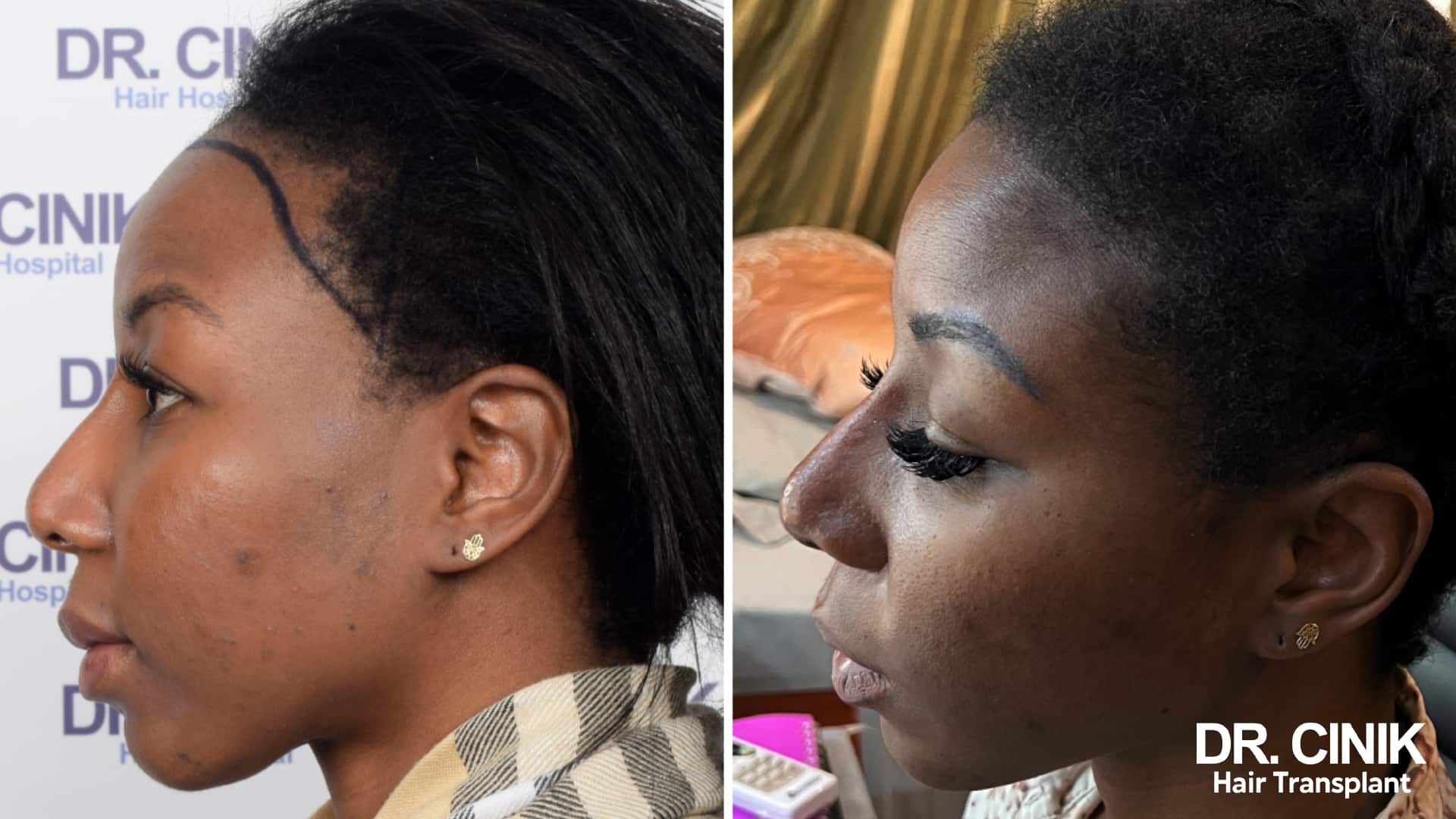
The FUE method
Follicular Unit Extraction (FUE) is a hair transplantation procedure where individual follicular units are extracted from a donor area and transplanted into a recipient area. This procedure requires meticulous care to ensure the grafts are not damaged during the process. The duration of the operation can range between 3 to 8 hours, depending on the number of grafts that need to be extracted and transplanted.
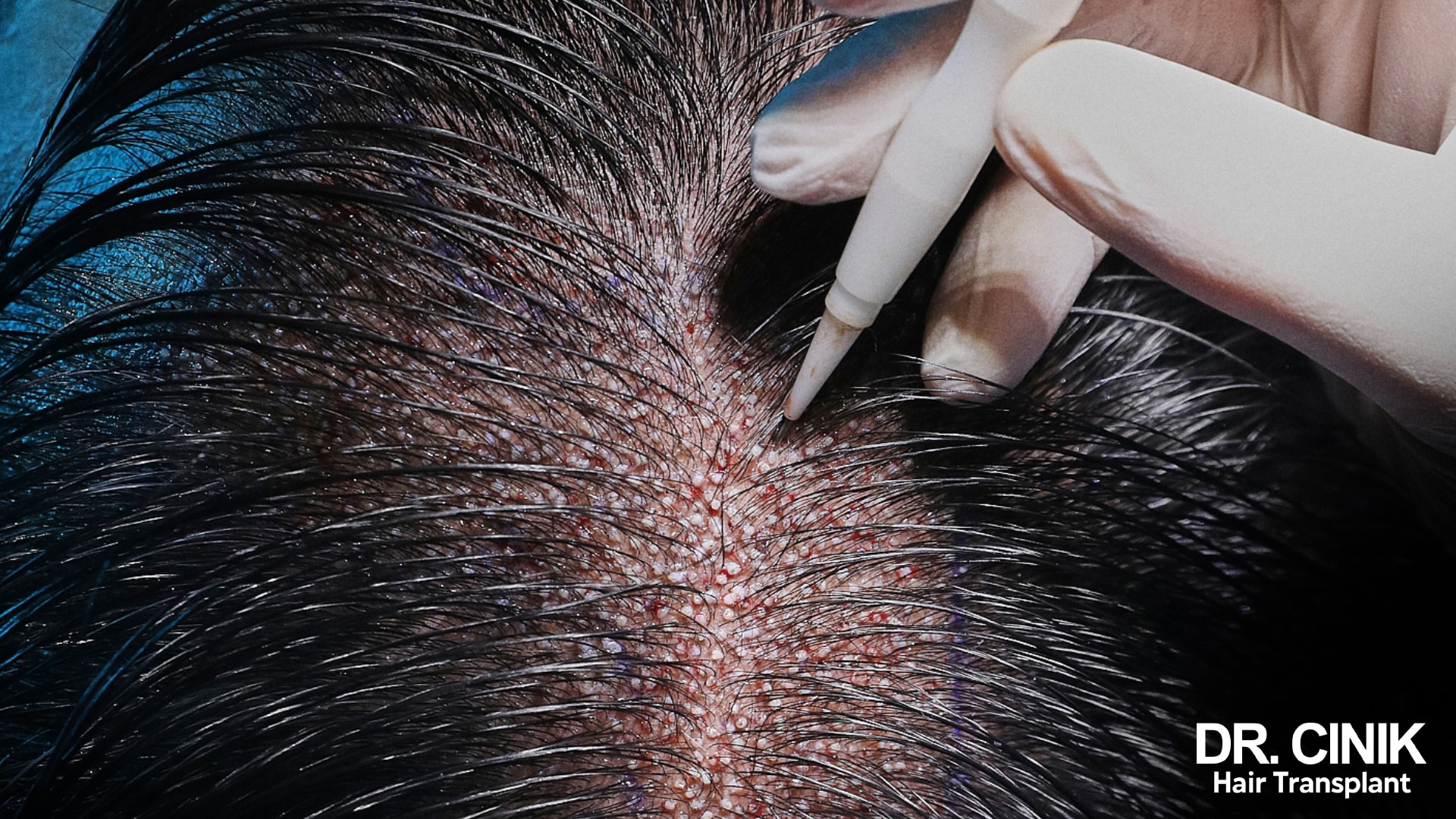
The DHI method
Direct Hair Implantation (DHI) is a technique derived from the FUE hair transplant procedure. DHI follows the same principle as FUE, but it employs a CHOI implant pen, which enables a more precise placement of each graft. This method is particularly tailored to address the unique characteristics of female alopecia.
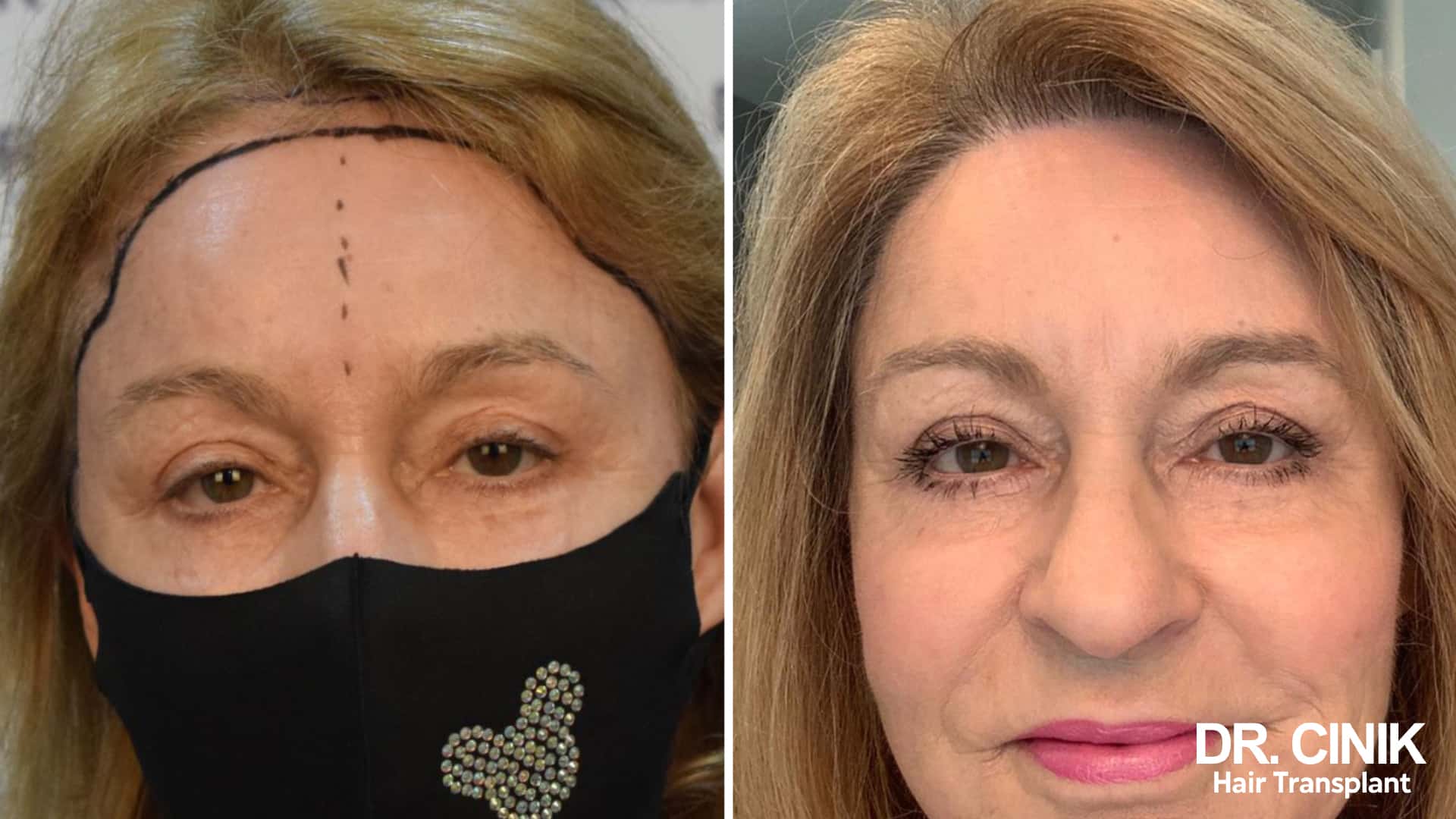
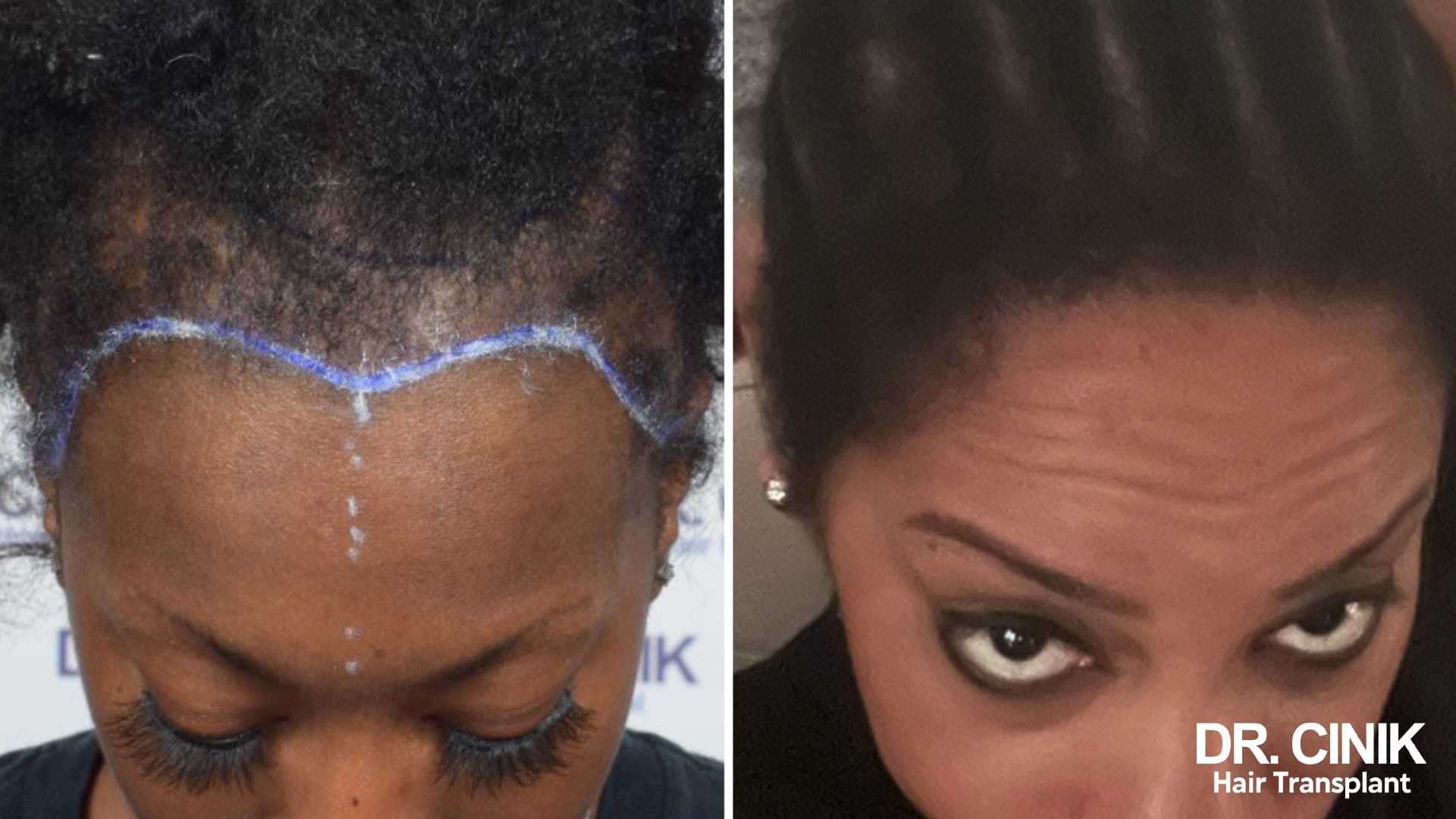
If you are grappling with androgenetic alopecia or any other type of female pattern baldness, there are several effective solutions available. Coping with significant hair loss can be a daily struggle, often leading to substantial psychological impact. Therefore, it’s crucial to take action on the first signs of hair loss.
 en
en



